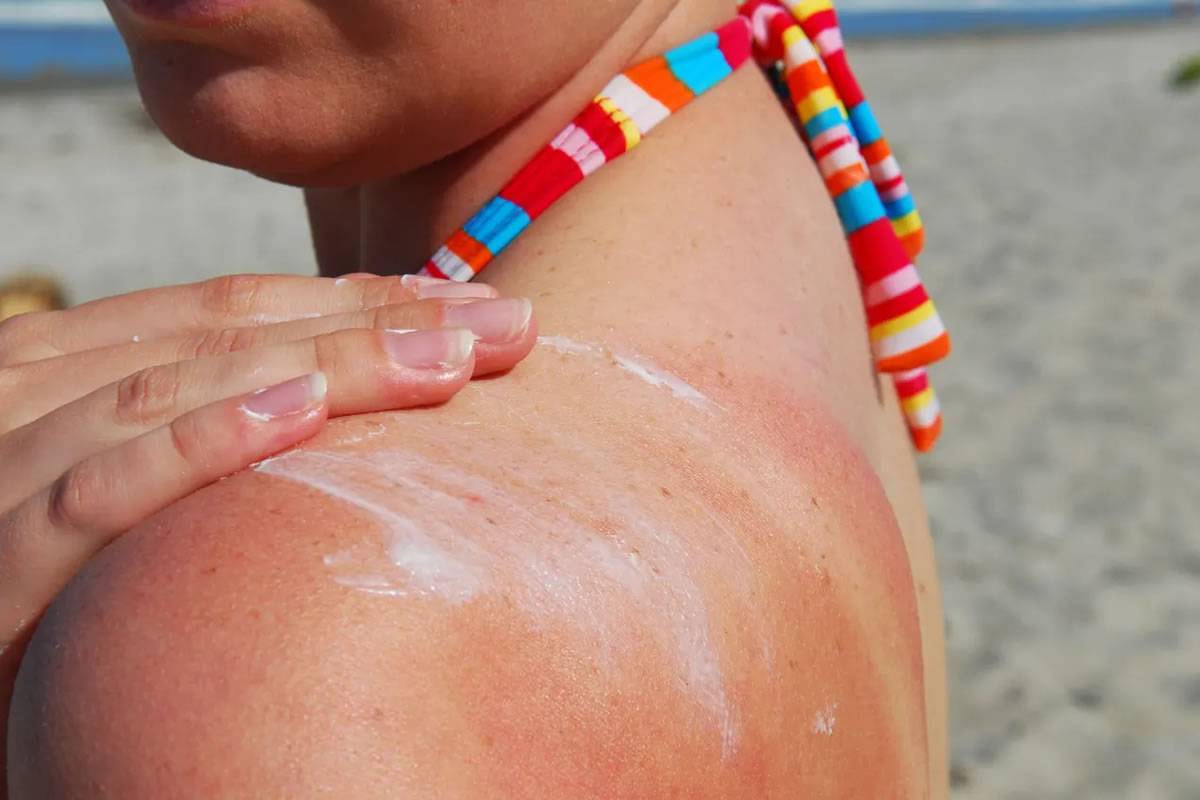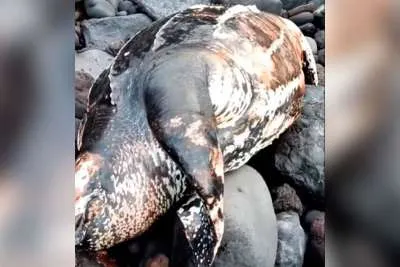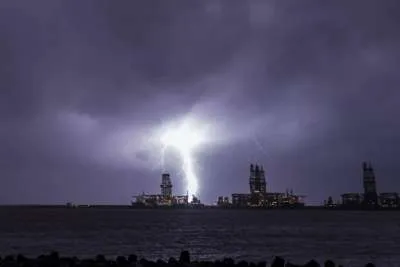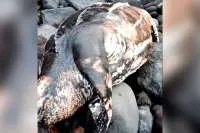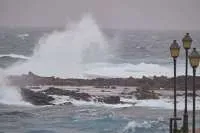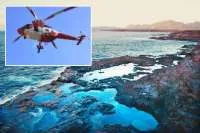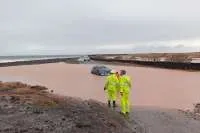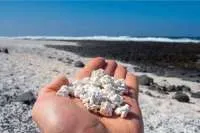Health authorities warn of unusually high UV Radiation risk in the Canary Islands
- 21-02-2025
- National
- Canarian Weekly
- Photo Credit: Freepik
The Ministry of Health for the Canary Islands has issued a warning about an unusually high risk of ultraviolet (UV) radiation across the archipelago over the next few days.
The alert is based on data from the Spanish Meteorological Agency (AEMET), who are forecasting higher than normal UV levels in the region.
Given that such conditions are unusual for this time of year, the Canarian Government’s Health Department has reinforced preventive recommendations to minimise the impact of sun exposure on public health.
Preventive Measures and Public Recommendations
Under the Preventive Action Plan for UV Radiation Exposure, they have outlined a series of measures depending on the risk level. When UV exposure is high, the following precautions are advised:
- Apply broad-spectrum sunscreen (SPF 30 or higher) regularly.
- Stay in shaded areas during peak sun hours (11:00am to 5:00pm).
- Wear protective clothing covering arms and legs.
- Use wide-brimmed hats for added sun protection.
- Wear UV-certified sunglasses to protect the eyes.
- Prevent direct sun exposure for young children, especially infants under one year old.
Experts warn that UV damage is cumulative, meaning sunburns during childhood can increase the risk of skin cancer later in life. Furthermore, cloud cover does not eliminate UV radiation, so protection is necessary even on cloudy or breezy days when you don’t think you need it.
UV Risk Levels and Associated Health Hazards
The Preventive Action Plan categorises UV radiation risk into five levels: low, moderate, high, very high, and extreme. The General Directorate of Public Health issues a weekly UV risk map for the Canary Islands based on AEMET data.
Prolonged exposure to UV radiation can lead to serious health consequences, including:
- DNA damage in skin cells, increasing the risk of skin cancer.
- Sunburns and skin irritation.
- Phototoxic and photoallergic reactions to certain medications.
- Weakened immune response, which may reactivate viruses such as cold sores (herpes simplex).
- Skin cancer, including melanoma, basal cell carcinoma, and squamous cell carcinoma.
- Eye conditions, such as cataracts and retinal damage, if proper eye protection is not used.
Who Is Most at Risk?
The effects of UV radiation vary between individuals, but certain groups are more vulnerable:
- Outdoor workers and sports enthusiasts who spend long hours under the sun.
- People with fair skin, light-coloured hair, and blue or green eyes.
- Individuals taking medications that increase sensitivity to sunlight, such as antibiotics, contraceptives, or benzoyl peroxide treatments.
- Those with a family history of skin cancer.
- People over 50 years old, as skin becomes more susceptible to damage with age.
Importance of Year-Round Sun Protection
The Canary Islands experience the highest UV radiation levels in Spain throughout the year, according to AEMET. In addition to natural sunlight, artificial sources such as sun beds also contribute to UV exposure.
Health officials stress the importance of consistent sun protection to prevent long-term skin and eye damage. They remind the public that sunscreens have an expiry date and should be replaced when necessary to ensure effectiveness.
With the expected return of hot weather and Saharan dust (calima) in the coming days, authorities urge the public to take extra precautions to safeguard their health.
Other articles that may interest you...
Trending
Most Read Articles
Featured Videos
A Vision of Elvis Tenerife Promo
- 10-05-2025
TEAs 2025 Highlights
- 17-11-2025


